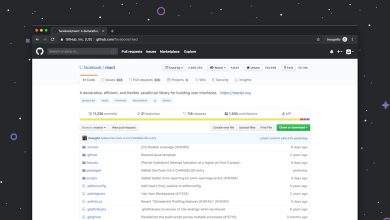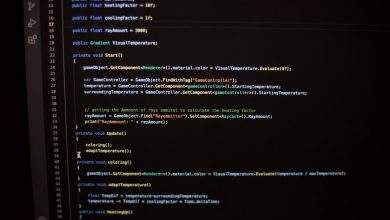
How does AI translate handle translation of government documents?
In an increasingly globalized world, the need for accurate and efficient translation of government documents has never been higher. Governments often handle sensitive and legally binding materials such as treaties, immigration papers, public health advisories, and policy documents. With Artificial Intelligence (AI) playing an ever-larger role in public administration, a natural question arises: how does AI handle the translation of government documents?
AI-powered translation, also known as machine translation (MT), has seen exponential improvements with the advent of neural networks and deep learning. Tools like Google’s Neural Machine Translation (GNMT) and OpenAI’s language models have introduced more sophisticated methods of understanding context, linguistic nuances, and domain-specific terminologies compared to traditional rule-based models.
Challenges in Translating Government Documents
Government documents differ substantially from casual or even business texts. Their translation is fraught with challenges, including:
- Precision: Legal and administrative terminology requires exact wording to prevent misinterpretation.
- Context sensitivity: Phrases can carry different meanings depending on geopolitical context and legal systems.
- Confidentiality: Many documents are classified or sensitive, demanding high data privacy standards.
- Cultural subtleties: Messages must be adapted respectfully to align with the traditions and laws of the audience’s country.
How AI Tackles These Challenges
Modern AI systems use a variety of approaches to address the complexity involved in translating official government content. These include:
- Domain-Specific Training: AI models are fine-tuned with corpora of legal, political, and bureaucratic language to understand domain-specific vocabulary and structures.
- Contextual Understanding: Neural networks analyze complete sentences and paragraphs rather than isolated words, greatly improving grammatical consistency and meaning preservation.
- Human-in-the-loop Systems: AI translation often serves as a first draft, with government-employed linguists or certified translators reviewing and modifying the output as needed.
In critical applications such as international treaties or immigration decisions, it is crucial that nothing be “lost in translation.” As such, AI translation is rarely deployed alone but rather as part of a hybrid workflow that maximizes both speed and accuracy.
Regulatory and Privacy Considerations
Given the sensitive nature of many government documents, data security is a top concern. Many public sector agencies opt for on-premises deployment of AI systems or use AI providers that comply with stringent privacy regulations such as:
- General Data Protection Regulation (GDPR)
- Federal Risk and Authorization Management Program (FedRAMP)
- ISO/IEC 27001 Certification
This ensures that sensitive information is not inadvertently shared over public networks or stored in insecure cloud systems. Moreover, audit mechanisms are in place to track and monitor how data is being processed and who has access.
[ai-img]data privacy, secure servers, legal documents[/ai-img]The Future of AI Translation in the Public Sector
The future holds immense promise for AI translation, particularly as models continue to evolve. Ongoing developments include:
- Multimodal AI Integration: Combining text, speech, and visual data to provide more comprehensive language services.
- Explainable AI: Systems that can justify linguistic choices to a human reviewer, increasing transparency and trustworthiness.
- Real-time Translation: For diplomatic settings and public safety announcements during emergencies.
In the coming years, it is likely that AI translation tools will be increasingly embedded within government workflows, reducing human load while ensuring timely and legally sound communication across borders.
Conclusion
AI translation of government documents is a powerful tool that, when used responsibly, improves accessibility and efficiency. It addresses critical challenges such as language diversity, document volume, and the need for rapid dissemination of information. By integrating cutting-edge technologies with human oversight and strict data privacy protocols, governments can harness AI’s capabilities while upholding the highest standards of accuracy and confidentiality.
[ai-img]ai future, government technology, language services[/ai-img]


